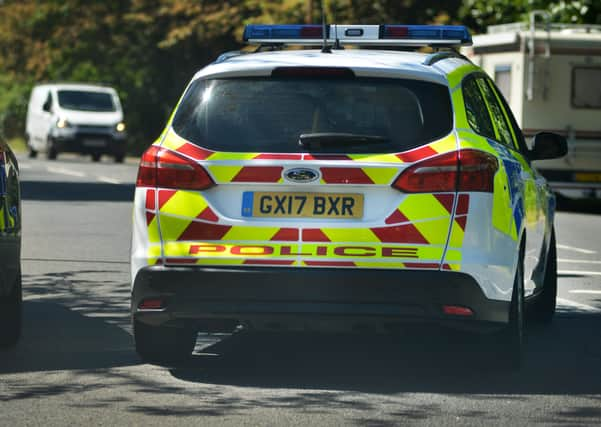‘Need to address perception Hastings town centre is unsafe’


The Castle ward has one of the highest crime rates in Sussex and the night-time economy is a ‘key motivator’ for violent crime according to police.
But chief inspector Sarah Godley, district commander for Hastings and Rother, described how crime levels in Castle had not returned to pre-Covid levels even though places were starting to open up again.
Advertisement
Hide AdAdvertisement
Hide AdShe said crime figures for the three months up to the end of July were ‘really positive’.
Members of the Hastings and St Leonards Local Strategic Partnership discussed the importance of both reducing crime and the perception that the town centre is unsafe at a meeting on Monday (September 13)
Ms Godley gave an update on the prevention initiatives police were employing to reduce crime in the town.
These included:
Operation Sunshine – activities targeted in the town centre during the day
Advertisement
Hide AdAdvertisement
Hide AdOperation Safety – funded from the Home Office to reduce knife crime
Operation Conqueror – this sees more staff working between 9pm and 4am on Fridays and Saturdays to police the night-time economy
Project Adder – this aims to support to people affected by drug use and find a route out of dependency that is right for them
Violence Reduction Unit
Robust licensing – taking swabs of premises for signs of drug use such as cocaine.
Advertisement
Hide AdAdvertisement
Hide AdA ‘safe space’ has also been reintroduced in Hastings on a Saturday night although it will soon move to Fridays. It is where first aid and mental health services are available and a base from where they can ensure people who have had too much to drink can get home safely.
Asked about what Hastings could do to counter the perception its town centre has become more unsafe, Ms Godley said the keys were engagement and publicity.
Since the end of lockdown, she described how over in Eastbourne the proportion of men going out compared to women was ‘massive’ when it had been relatively balanced before. Its night-time economy, although currently ‘male dominated’, has picked up a lot more than Hastings’ has, where the Old Town was ‘very busy’ the weekend just gone, but the new town had not returned near to pre-Covid levels at all.
She added: “They are very often compared to each other and Hastings has got a reputation as being slightly more violent than Eastbourne.”
Advertisement
Hide AdAdvertisement
Hide AdAlthough they were discussing the evenings, she believed if they made the town centre more attractive to pass through during the day, this would increase the popularity of the night-time economy.
Victoria Conheady, assistant director for regeneration and culture at Hastings Borough Council, explained how their work on the town deal had identified the perception of the town centre as a key area to address.
Meanwhile Daniel Shelley, from the East Sussex College Group, raised the fact they were encouraging students to support the early evening economy wherever possible and it was important to get across these messages, especially to parents.
He said: “There is this perception that Hastings town centre is a scary place to go to and if we can show that it’s not and it’s being dealt with, all the great work you have shared would be really helpful. The perception of that is changing and it would help us encourage more students to consider studying with us as well.”